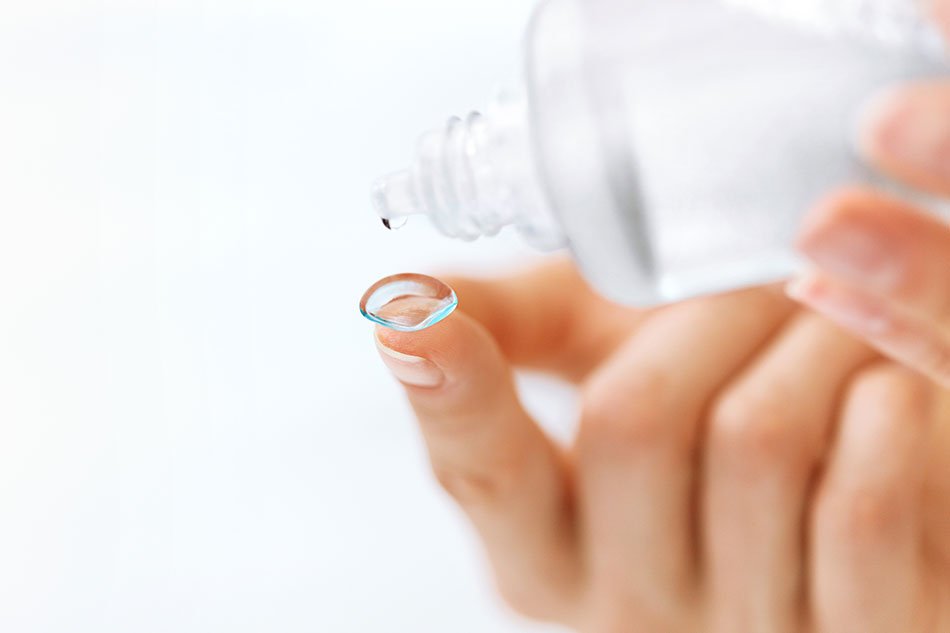Why More Young People Are Nearsighted: A Guide to the Myopia Epidemic

Have you noticed your child squinting at the classroom board or leaning in close to read a book or screen? Or perhaps you, as a young adult, feel like distant objects are becoming increasingly blurry. These signs point to myopia, or nearsightedness—a condition that has been steadily rising among children and young people worldwide. What was once considered a relatively minor vision problem is now being described as a global health concern.
At SightMD, our ophthalmologists are seeing more cases of nearsightedness in children and teens than ever before. The question is: why are more young people becoming nearsighted, and what can be done to protect their long-term vision?
What Is Myopia?
Nearsightedness occurs when the eye grows too long or the cornea becomes too curved, which causes light entering the eye to focus in front of the retina instead of directly on it. This leads to blurry distance vision while close-up objects remain clear. Although glasses and contact lenses can correct this focusing problem, the progression of myopia—especially in children—carries risks that go far beyond the inconvenience of needing stronger prescriptions.
Why Myopia Is Increasing
Genetics play an undeniable role in the development of nearsightedness, but the dramatic rise we’re seeing today cannot be explained by heredity alone. Lifestyle factors, particularly modern screen habits and reduced time outdoors, are driving much of this trend.
Children and young adults are spending unprecedented amounts of time on phones, tablets, computers, and gaming devices. This type of “near work” forces the eye’s focusing muscles into constant strain, which may contribute to the elongation of the eyeball and the worsening of myopia. At the same time, kids are spending fewer hours outdoors, which deprives their eyes of the protective benefits of natural sunlight and the opportunity to focus on distant objects. Together, these environmental factors are accelerating myopia progression in a way previous generations did not experience.
Signs and Symptoms of Nearsightedness
Because myopia often develops gradually, it can go unnoticed until vision problems start interfering with daily life. Common signs include:
- Squinting to see objects at a distance
- Sitting very close to the television or computer
- Holding books or devices unusually close to the face
- Frequent headaches or eye strain
- Difficulty with night driving or reading road signs
If you notice these symptoms in yourself or your child, it’s important to schedule a comprehensive eye exam.
Modern Treatments for Myopia
Eyeglasses and contact lenses remain the most common way to correct blurry distance vision, but today’s focus is not just on correction—it is on slowing progression. At SightMD, several treatment options are available depending on age and lifestyle:
- Refractive Surgery for Adults: Procedures such as LASIK and PRK may be an option for adults with stable prescriptions who want long-term freedom from glasses or contacts.
- Eyeglasses and Standard Contact Lenses: Correct blurry distance vision by refocusing light onto the retina.
- Low-Dose Atropine Eye Drops: Shown to slow the progression of myopia in children by helping regulate eye growth.
- Specialty Contact Lenses: Multifocal lenses and orthokeratology (Ortho-K) lenses are designed to reduce eye elongation and can provide clear daytime vision without glasses.
If you or a loved one are experiencing these symptoms, it’s a good idea to schedule a comprehensive eye exam with an ophthalmologist.
Why Early Intervention Matters
Mild myopia may seem harmless, but higher levels of nearsightedness are linked to serious eye health risks later in life. Severe myopia can stretch and weaken the retina and optic nerve, increasing the likelihood of retinal detachment, glaucoma, and degenerative conditions such as myopic maculopathy. Early detection and proactive management not only improve day-to-day vision but also protect long-term eye health.
Protecting Your Family’s Vision
The best way to prevent worsening vision is through balanced habits and regular professional care. Encouraging children to spend more time outdoors, taking breaks from screens, and following eye-healthy practices such as the 20-20-20 rule can all make a difference. Most importantly, scheduling regular comprehensive eye exams allows ophthalmologists to catch vision changes early and begin treatment before progression accelerates.
Frequently Asked Questions (FAQs)
No, nearsightedness cannot be cured, but it can be corrected with glasses or contacts. For children, its progression can be managed with treatments like atropine eye drops and specialty contact lenses.
While genetics play a role, excessive “near work” like screen time has been strongly linked to the progression of nearsightedness. It is considered a key environmental factor in the rise of myopia.
Clinically, the most effective methods are often a combination of low-dose atropine eye drops and specialty contact lenses like Ortho-K, which are prescribed and monitored by an ophthalmologist.
Yes. High myopia can significantly increase the risk of serious conditions like retinal detachment, glaucoma, and myopic macular degeneration later in life.
Common signs include frequent squinting, sitting close to the TV or computer, holding books very close, and complaining of headaches. If you notice these, a professional eye exam is highly recommended.
When to Seek Professional Care
If your child frequently squints, holds reading materials very close, or complains of headaches, it is time for an eye exam. Adults who experience blurred distance vision, especially when driving or reading signs, should also be evaluated. At SightMD, our board-certified ophthalmologists are experienced in diagnosing and managing myopia at every stage, from childhood through adulthood.
Medical Disclaimer: This article is for informational purposes only. It is not a substitute for professional medical advice, diagnosis, or treatment. Always seek the advice of your ophthalmologist or other qualified health provider with any questions you may have regarding a medical condition.


